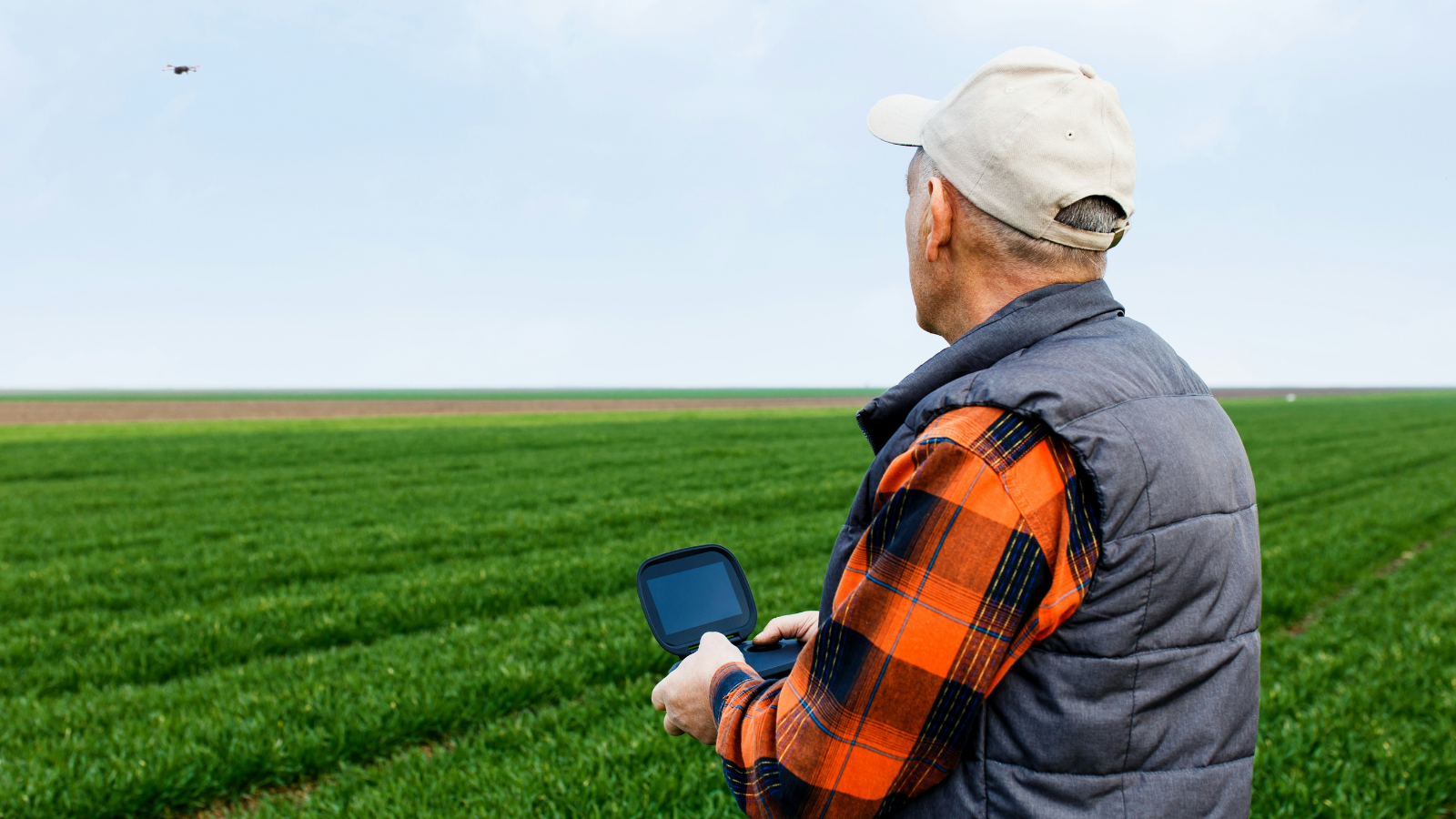Science
Canada Struggles with Just 2% Share of Global Farm Tech Investment

Canadian farms are currently facing significant challenges, as evidenced by the latest report from Farm Credit Canada (FCC). While farm cash receipts reached $25.6 billion in the first quarter of 2025, reflecting a rise of 3.1% compared to the previous year, the agricultural sector is grappling with geopolitical uncertainties linked to tariffs and the ongoing impacts of climate change.
A recent report authored by business intelligence analyst Bethany Lipka and senior economist Isaac Kwarteng reveals that Canada captures a mere 2% of global farm technology investment. This gap leaves Canadian producers with limited resources to adapt and compete effectively in the market. The report emphasizes that without an increase in spending on research and technology, productivity growth will stagnate, further diminishing Canada’s position in the global agtech landscape.
Long-Term Decline in Agricultural Investment
The decline in investment is not merely a statistic; it represents a long-term trend of decreasing agricultural research and development (R&D) spending in Canada. For over three decades, the country has fallen behind in “agriculture knowledge generation,” a metric tracked by the Organization for Economic Co-operation and Development (OECD).
Once a leader in agricultural innovation, surpassing the United States and Japan in the early 1990s, Canada now finds itself trailing behind. The report cites a study from the University of Calgary’s School of Public Policy, which notes that every dollar invested in agricultural R&D can yield returns ranging from $10 to $20.
Public funding remains essential for agricultural R&D, with Agriculture and Agri-Food Canada allocating over $829 million to science and innovation in 2023. This amount is more than four times the investment made by agricultural businesses themselves. Despite this public funding, venture capital investments in Canadian agtech have declined, with a marked drop in deal volume and value since their peak in 2021. In 2024, the United States outpaced Canada with a ratio of 6:1 in deal volume and 23:1 in deal value.
Between 2018 and 2024, Canadian companies accounted for only 5% of global agtech deals and 2% of total deal value. This shortfall limits opportunities for Canadian agtech innovators and restricts producers’ access to effective technologies.
Learning from Global Leaders
The FCC report highlights several international examples of successful agricultural investment strategies. In the United States, substantial public and private funding, combined with innovation hubs in areas like Silicon Valley, has accelerated the adoption of advanced technologies such as robotics, artificial intelligence, and precision agriculture tools.
The European Union’s Horizon Europe initiative underscores sustainable practices and climate resilience, with countries like the Netherlands leading in controlled-environment agriculture and collaborative research. Japan is also making significant strides through heavy investments in automation, vertical farming, and data-driven systems, which are essential for addressing labour shortages and land constraints.
These regions demonstrate that targeted capital investments can create competitive advantages, a strategy that Canada needs to adopt to protect its export position and seize emerging opportunities in the agtech sector.
Strategies for Closing the Investment Gap
The report outlines five actionable strategies for Canadian businesses to bridge the investment gap in agricultural technology:
1. **Enhance private R&D spending**: Increasing investment levels, particularly in precision agriculture, biotechnology, and digital tools, could significantly boost farm incomes.
2. **Seek international technology**: Importing proven solutions from other markets can help mitigate the innovation gap while domestic R&D develops.
3. **Strengthen collaborative networks**: Fostering partnerships between researchers, startups, producer groups, and investors can facilitate the flow of ideas and capital.
4. **Reduce adoption barriers**: Simplifying the integration of new tools into farm operations and providing workforce training will support technology adoption.
5. **Prioritize sustainability**: Aligning innovation investments with practices that improve yields while minimizing environmental impact is essential.
These recommendations are critical for stakeholders in Canada’s agri-food economy. As noted by Darren Baccus, executive vice-president of Agri-Food, Alliances and FCC Capital, “Canada’s economic future requires an agri-food industry that takes an advanced approach to innovation and productivity.”
Closing the investment gap in agtech is imperative for Canada to maintain its relevance in global food markets. Leveraging foreign innovations could yield immediate benefits while domestic R&D efforts gain momentum. The high return on investment for agricultural R&D underscores the need for strategic planning and commitment from business leaders to ensure the sector’s long-term viability.
-

 Politics4 weeks ago
Politics4 weeks agoSecwepemc First Nation Seeks Aboriginal Title Over Kamloops Area
-

 World5 months ago
World5 months agoScientists Unearth Ancient Antarctic Ice to Unlock Climate Secrets
-

 Entertainment5 months ago
Entertainment5 months agoTrump and McCormick to Announce $70 Billion Energy Investments
-

 Science5 months ago
Science5 months agoFour Astronauts Return to Earth After International Space Station Mission
-

 Lifestyle5 months ago
Lifestyle5 months agoTransLink Launches Food Truck Program to Boost Revenue in Vancouver
-

 Technology3 months ago
Technology3 months agoApple Notes Enhances Functionality with Markdown Support in macOS 26
-

 Lifestyle3 months ago
Lifestyle3 months agoManitoba’s Burger Champion Shines Again Amid Dining Innovations
-

 Top Stories2 months ago
Top Stories2 months agoUrgent Update: Fatal Crash on Highway 99 Claims Life of Pitt Meadows Man
-

 Politics4 months ago
Politics4 months agoUkrainian Tennis Star Elina Svitolina Faces Death Threats Online
-

 Sports5 months ago
Sports5 months agoSearch Underway for Missing Hunter Amid Hokkaido Bear Emergency
-

 Politics5 months ago
Politics5 months agoCarney Engages First Nations Leaders at Development Law Summit
-

 Technology5 months ago
Technology5 months agoFrosthaven Launches Early Access on July 31, 2025





















